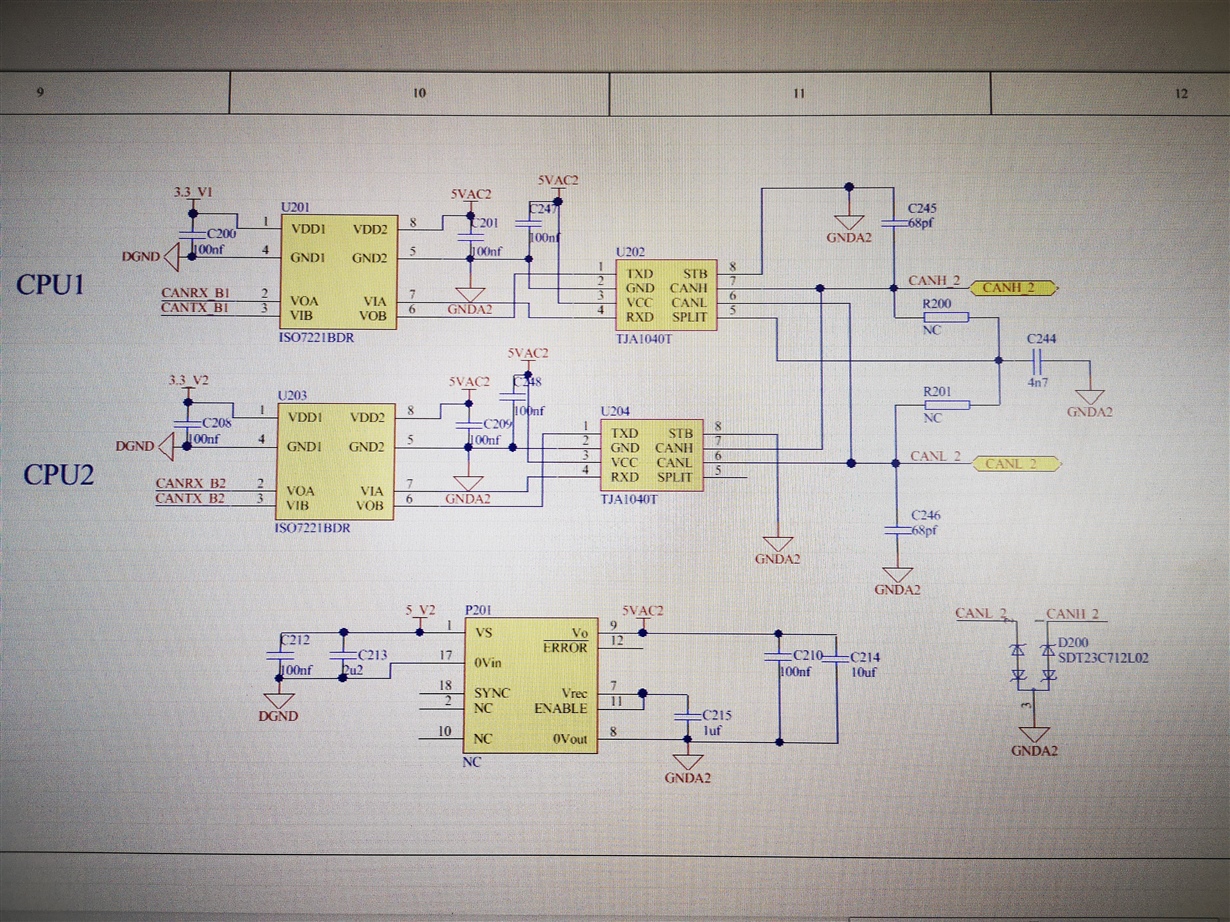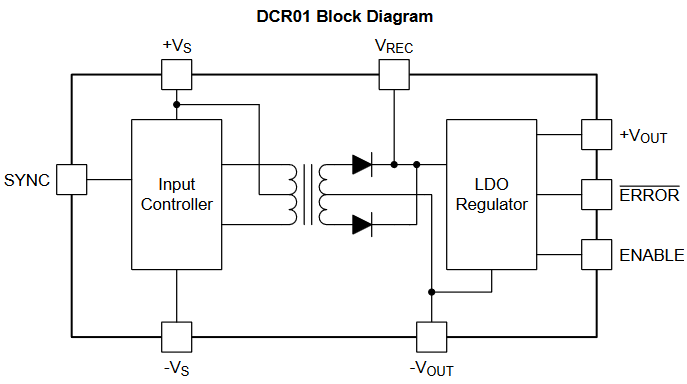Hi,
I have the same problem which discrabed in the web: https://e2e.ti.com/support/power-management/f/196/t/612580?tisearch=e2e-sitesearch&keymatch=DCR010505#pi320995filter=all&pi320995scroll=false
After I updated the software of DSP on PCB and puted it back to cabinet,the 5V was not available.
The difference is that the SYNC PIN was floating on my board and the resistance was likely 20Ω to the -VS .
Could you please tell me what is the failure and cause of failure?
thanks.





